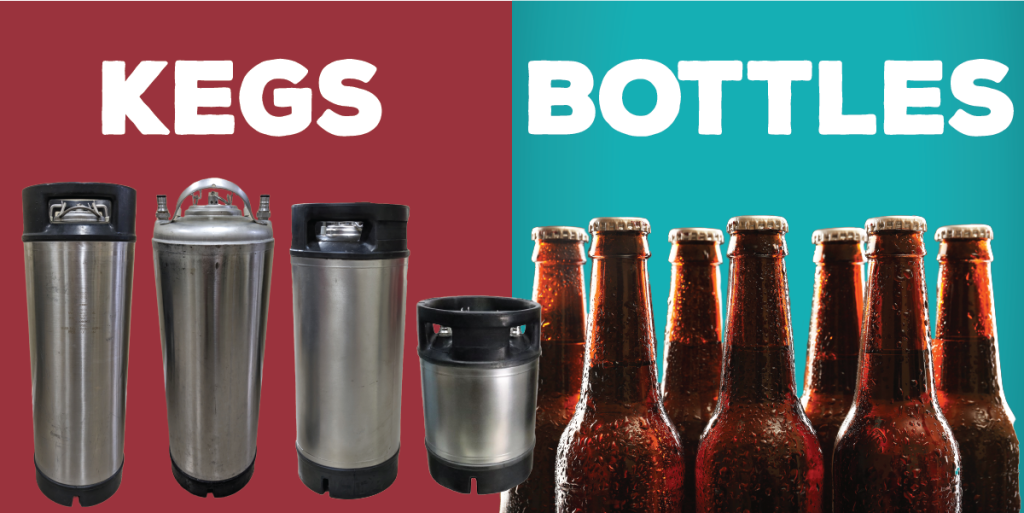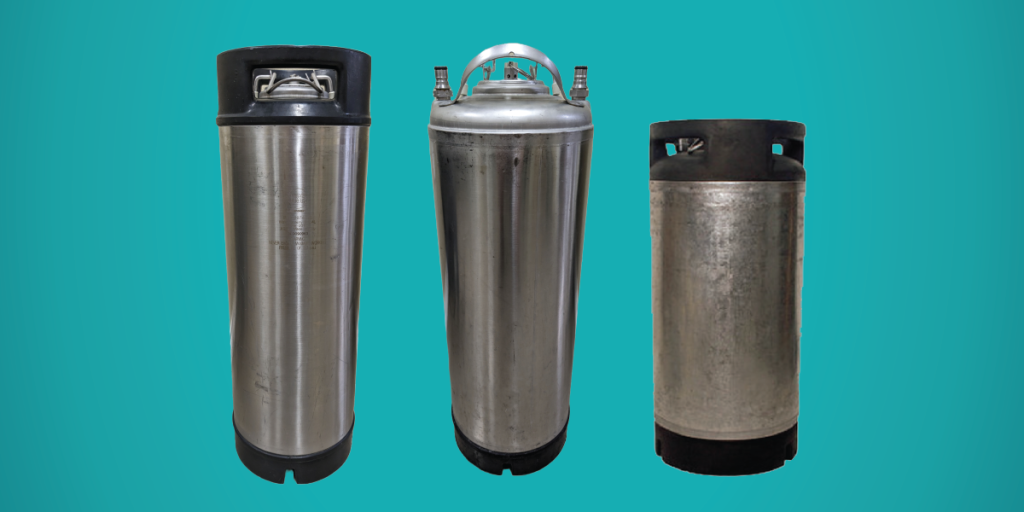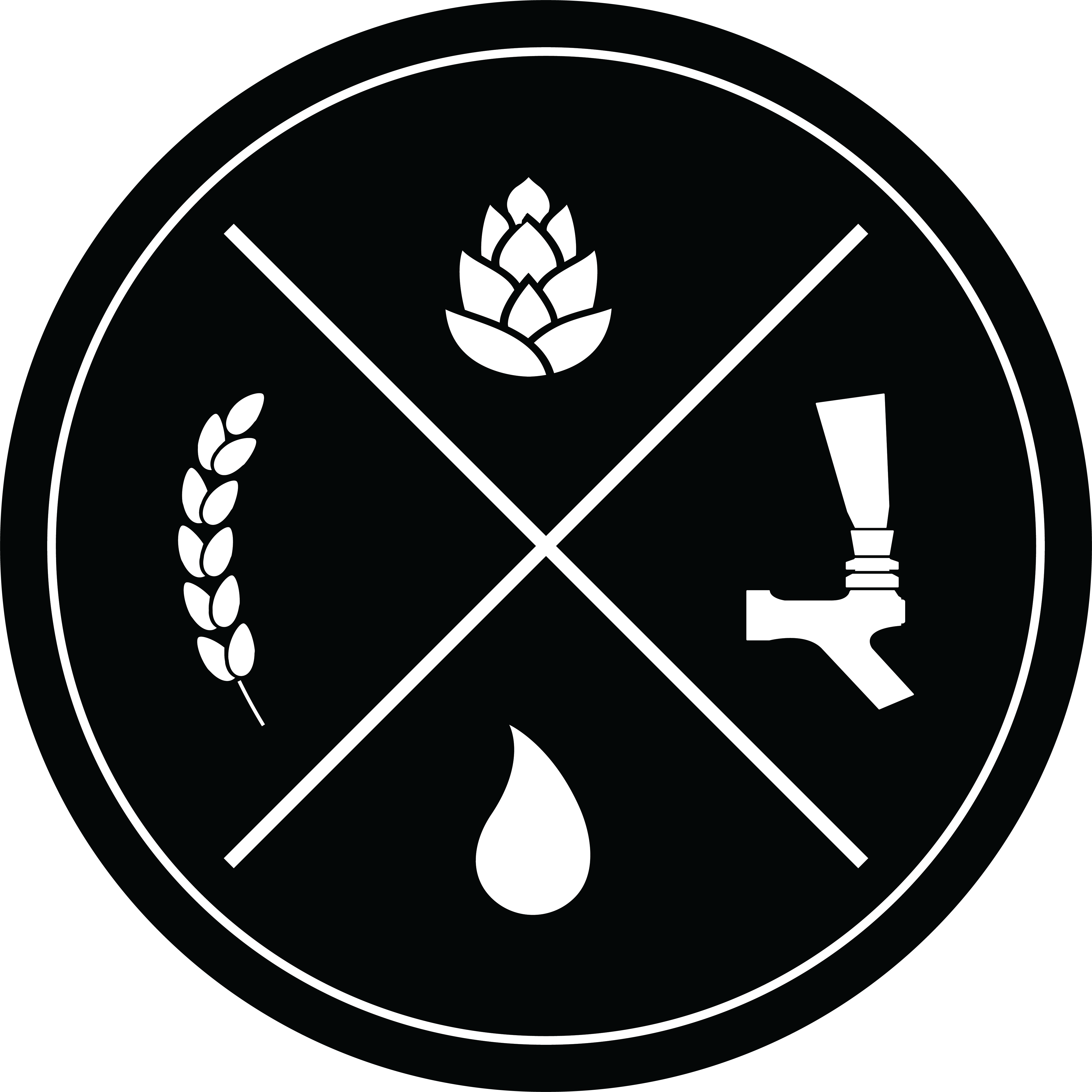
Introduction
The craft of homebrewing has seen exponential growth in recent years, evolving from a niche hobby to a mainstream pursuit. As techniques have improved, so have the tools of the trade. One area that has seen particular advancement is the method of storing and serving beer. For years, bottling was the go-to option for homebrewers. However, kegging systems have emerged as a more efficient and effective solution for storing and dispensing beer. This article aims to shed light on why homebrewers should consider making the switch from bottling to kegging their brews with 5 quick and easy reasons!
Time-Efficiency
One of the most persuasive arguments for switching to kegging is the time saved. Bottling involves the laborious tasks of cleaning, sanitizing, filling, and capping each individual bottle, which can take several hours for even a modest five-gallon batch. In contrast, kegging can cut that time down significantly, as you only need to clean and sanitize a single vessel—the keg. The filling process is also much quicker, allowing you to get back to what you love—brewing more beer.
Carbonation Control
Achieving the right level of carbonation can be a tricky process when bottling beer. Adding too much sugar can lead to over-carbonated bottles, which can even explode if the pressure becomes too high. Conversely, too little sugar can result in a flat brew. Kegging systems offer precise control over carbonation levels through regulated CO2 pressure, allowing you to customize the fizziness to your preference.
Consistency
Kegging your beer ensures uniform taste and carbonation throughout the batch. With bottling, inconsistencies can arise between bottles due to varying levels of sugar or yeast. This can lead to unpredictable results, ranging from bottle to bottle. A kegging system offers a much more consistent end-product, improving the overall quality of your brew.
Less Waste
The environmental impact is another factor worth considering. Kegging eliminates the need for dozens of bottles, caps, and labels for each batch of beer. A well-maintained keg can be reused indefinitely, reducing waste and promoting sustainability.
Easy Serving
Lastly, a kegging system streamlines the process of serving your beer. With the pull of a tap handle, you can effortlessly pour a perfectly carbonated glass of beer, whereas bottled beer requires opening each bottle individually and risking potential spillage. Moreover, kegs allow you to easily serve different quantities, from tasting samples to full pints, without the inconvenience of opening multiple bottles.

Conclusion
While bottling has its merits and nostalgic charm, the benefits of kegging—ranging from time-efficiency and carbonation control to consistency and sustainability—make it a compelling choice for modern homebrewers. By making the switch, you can not only improve the quality and enjoyment of your homebrewed beer but also embrace the advancements that continue to push the boundaries of this age-old craft.
Consider integrating a kegging system into your homebrew setup and experience the numerous advantages it brings to the table. The initial investment will pay off in the long run, enhancing your brewing experience and allowing you to focus on refining your craft. Cheers to the future of homebrewing!

